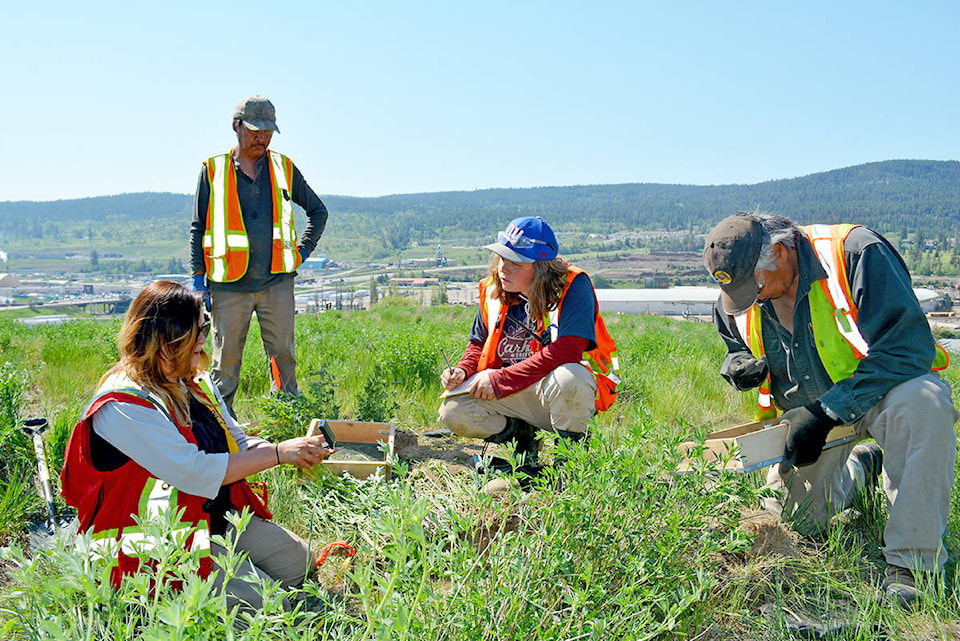Sugarcane Archaeology is hoping to simplify archaeology while educating the public about the Cariboo’s rich and diverse cultural heritage through a new blog.
While social media platforms such as Facebook help people see what archeological work entails and the resulting ‘cool’ finds, it does not allow for a more detailed explanation, said senior archaeologist Whitney Spearing.
“That is where the blog can come in, to help provide that more in-depth public education piece,” she said in a Dec. 7 release.
“It is also a great way for the First Nation to put their perspective on the work, which is something that has been missing for a long time.”
Staff member Ruth Lloyd has so far published two blog posts.
Read More: Indigenous artifacts from Chilko Lake to be kept at Museum of the Cariboo Chilcotin
Before Lloyd published her latest post on stone pieces commonly known as lithics, she was surprised to learn her grandfather had found an artifact decades ago.
“It was really cool to see it and to find out my family was wondering what they should do after inheriting it—something relevant to what I was writing about,” Lloyd said.
In the “Let’s Talk Lithics” post, Lloyd explains how artifacts are protected under the Heritage Conservation Act which prohibits their removal.
“The negative part is how much information was lost when the artifact was moved, but of course, people were not aware of the impact of moving artifacts and it was not illegal then,” she said of the artifact found by her grandfather.
If you think you may have found a lithic Lloyd’s best advice is to firstly record by taking photos, GPS coordinates, and writing down a detailed description of its location. She then recommends to report by contacting the local First Nation and BC Archaeology Branch.
Read More: Former Williams Lake resident returns artifact to local First Nation
Do you have a comment about this story? email:
rebecca.dyok@wltribune.com
Like us on Facebook and follow us on Twitter.
